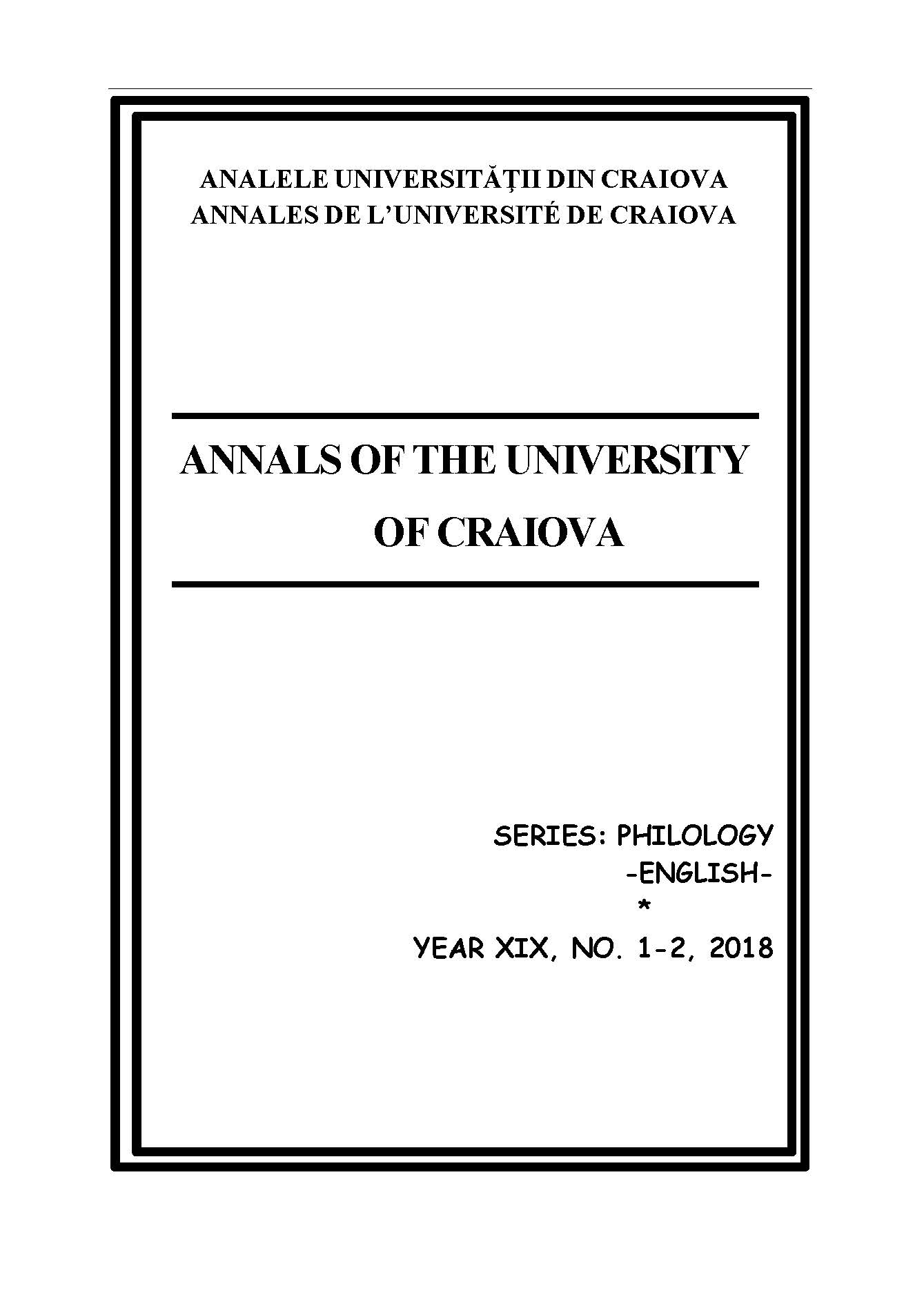UNIVERSAL HARMONY into INDIVIDUAL IDENTITY: The Transition of Character into Caricature
UNIVERSAL HARMONY into INDIVIDUAL IDENTITY: The Transition of Character into Caricature
Author(s): Mihaela IrimiaSubject(s): Language and Literature Studies, Studies of Literature, British Literature
Published by: Editura Universitaria Craiova
Keywords: Character; caricature; universal transposition; cultural identity;
Summary/Abstract: Hogarth’s Characters and Caricaturas (1743) was composed on a hypotext known as Caricature Heads (c. 1590) which was the work of Annibale and Agostino Caracci. The Italian artists had produced a new genre (ritratto carico) as a transition from the classically harmonious and mimetic to the deviated image standing for singular identities. Such visual transposition eventually came to be called caricatura and came in the track of satura. The Caracci portraits were meant as portraits of pilgrims to Rome and normally circulated as hieroglyphics. Their C18 offspring served as a reason to improve their sitters by laughing mankind “out of their follies and vices”, as Fielding asserted in his novelistic manifesto, itself a transition to fully modern narratives. Fileding was to modernize the connotative meaning of the ancient Greek χαρακτήρ as distinctive mark, characteristic, character. During his time the phrase “in character” itself focused on the distinctive status of a person turned personage as itself the modernization of the classic Roman institution of the mask called persona. This keynote paper looks at how caricature traveled from one culture to another in Early to Classic Modernity (aka the Renaissance, the Enlightenment respectively) and how it embraced the anglicization of its images to the benefit of English cultural identity.
Journal: Annals of the University of Craiova, Series: Philology, English
- Issue Year: XIX/2018
- Issue No: 1
- Page Range: 62-74
- Page Count: 13
- Language: English

